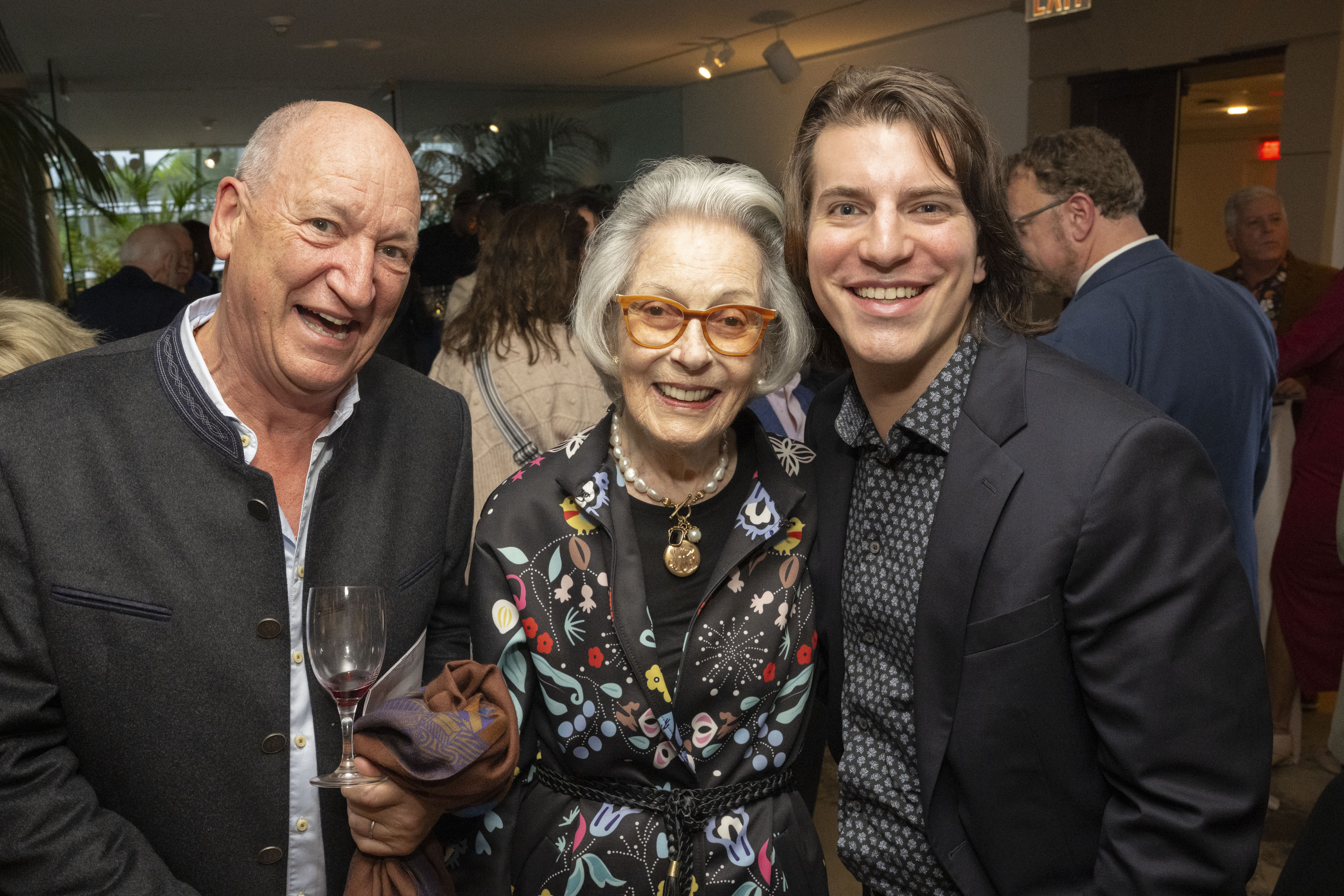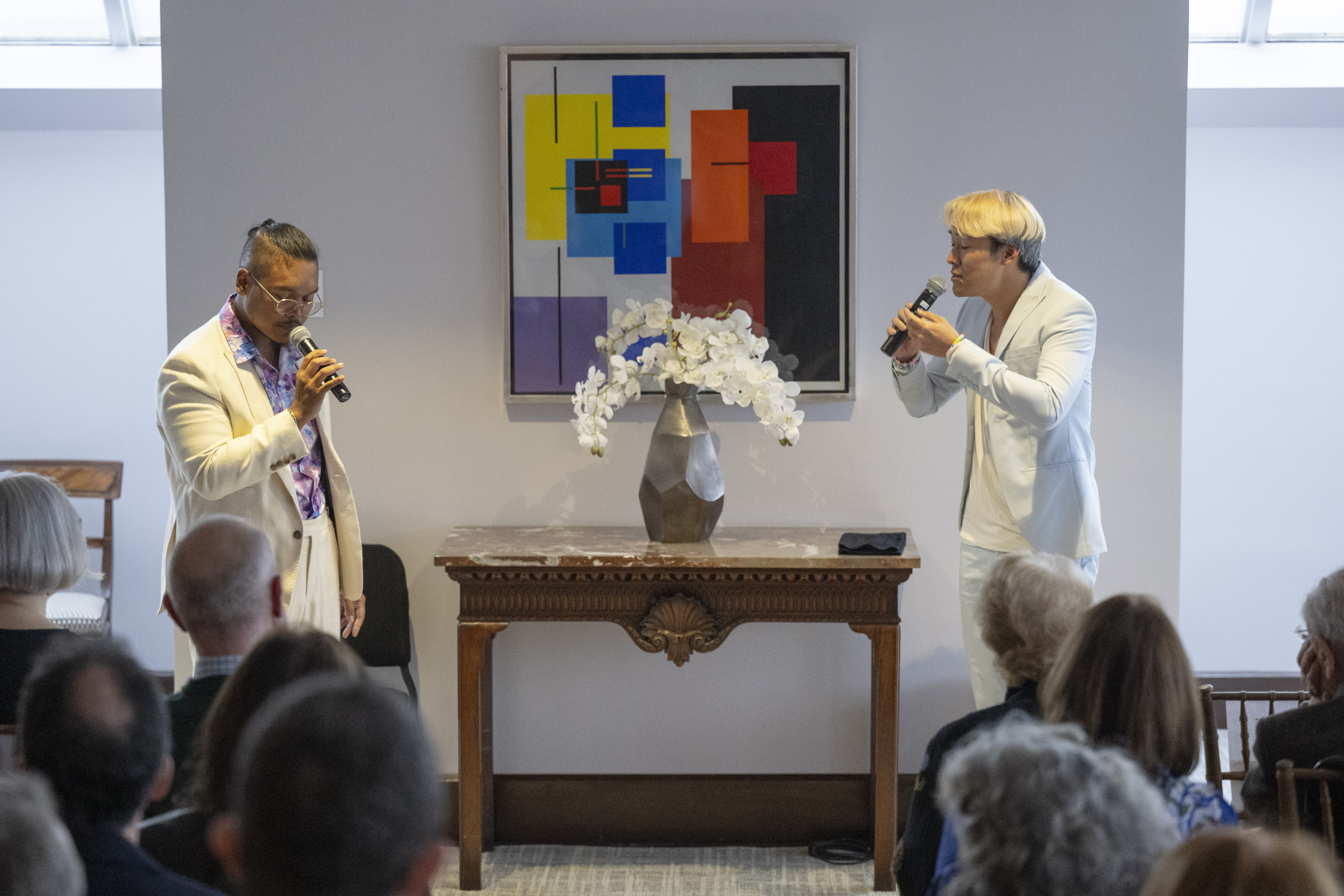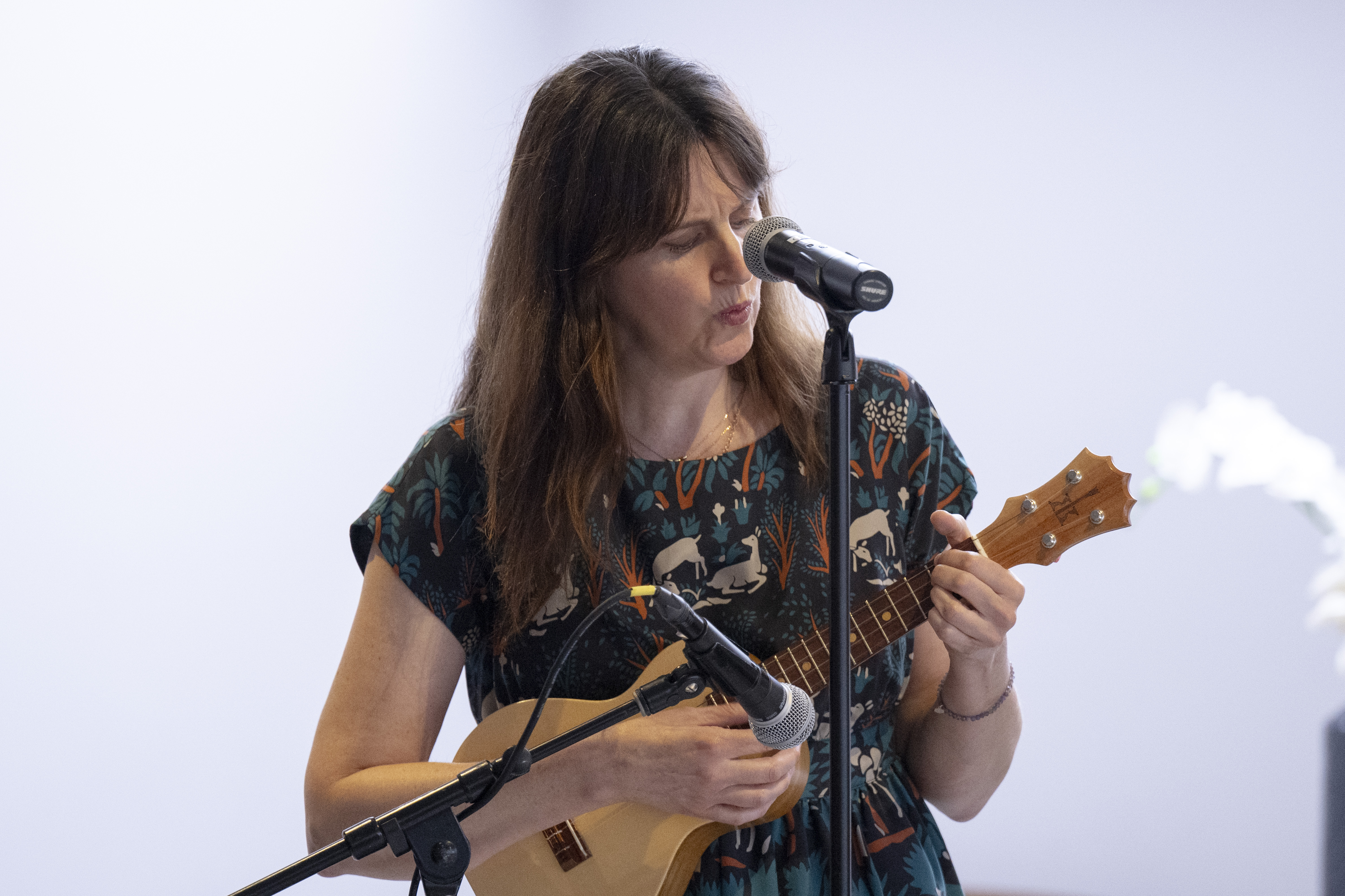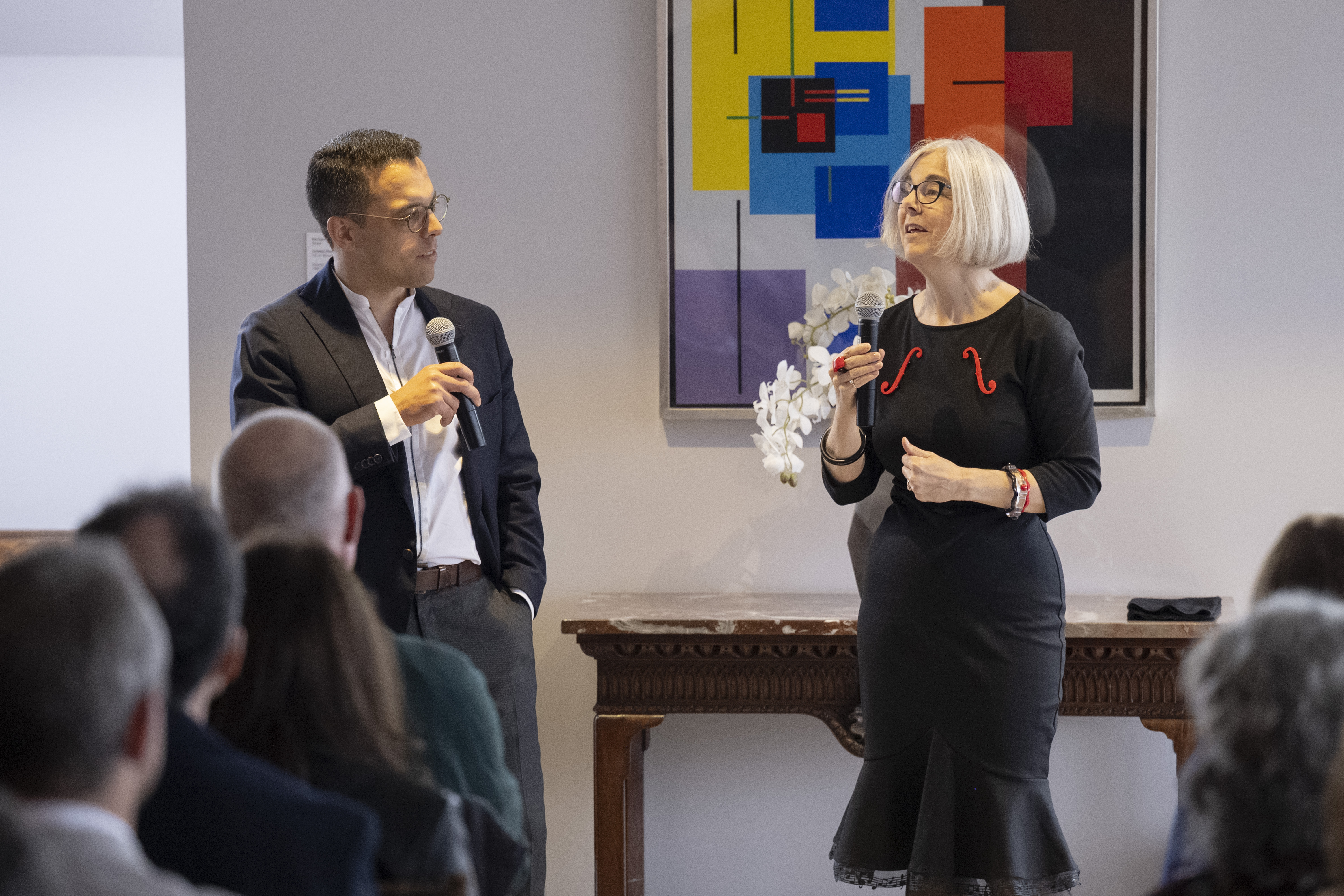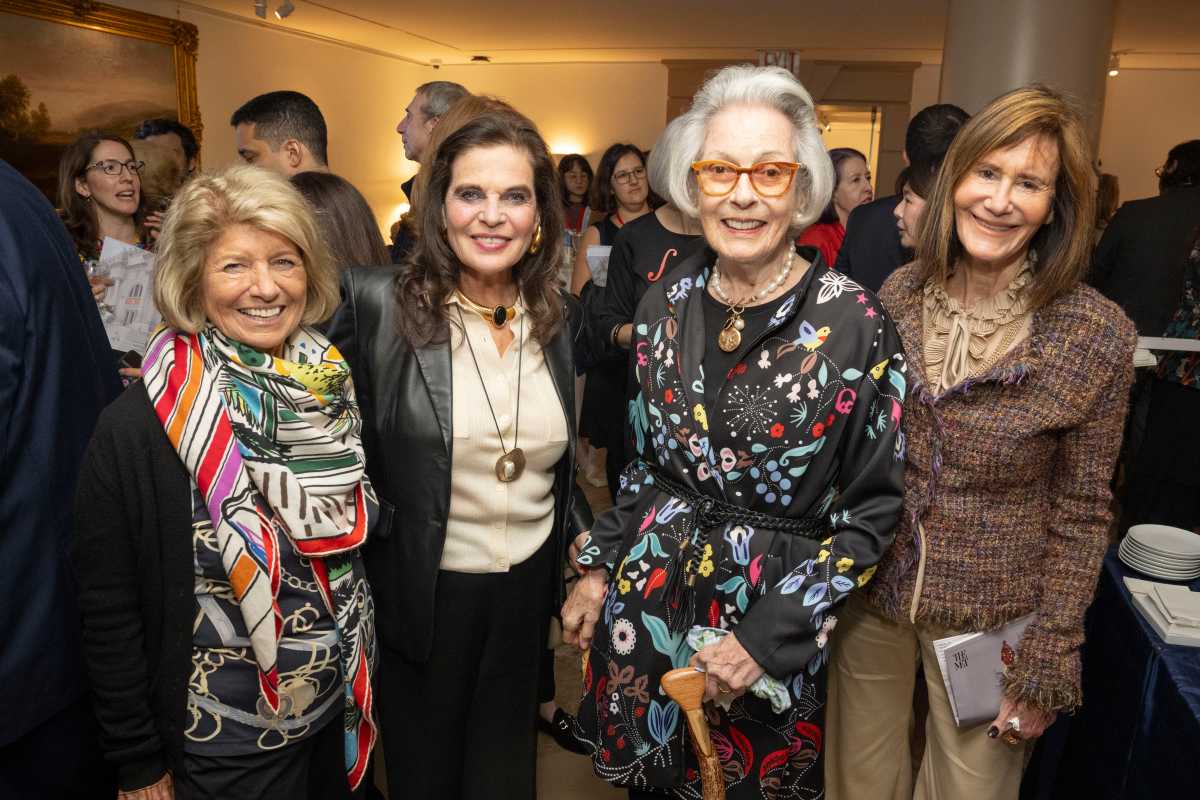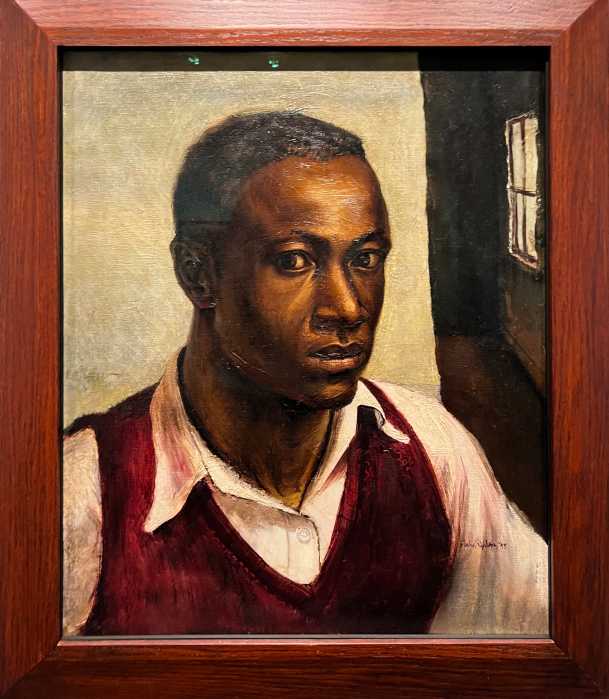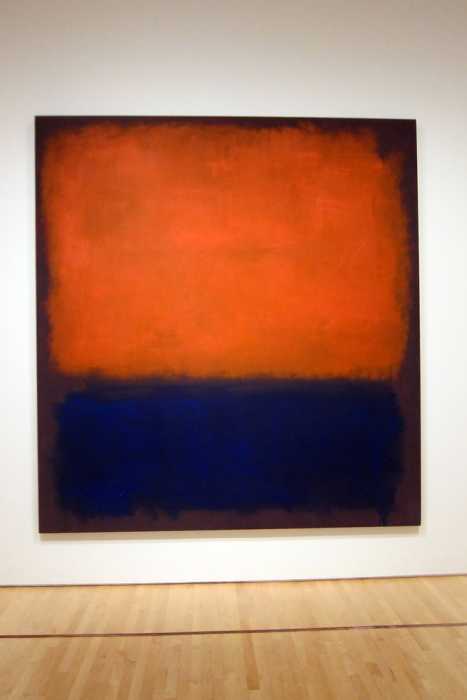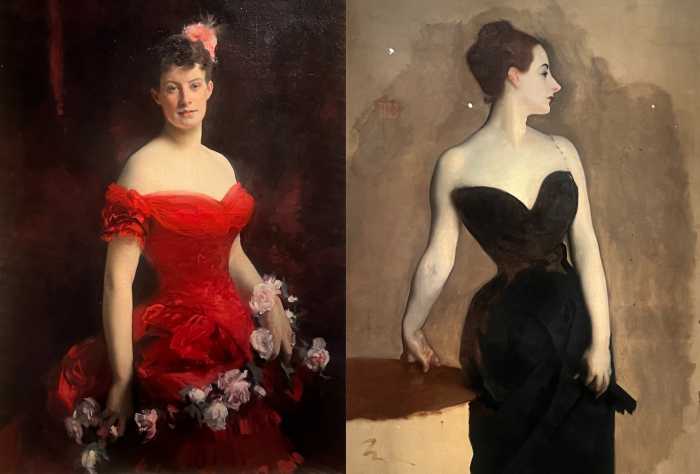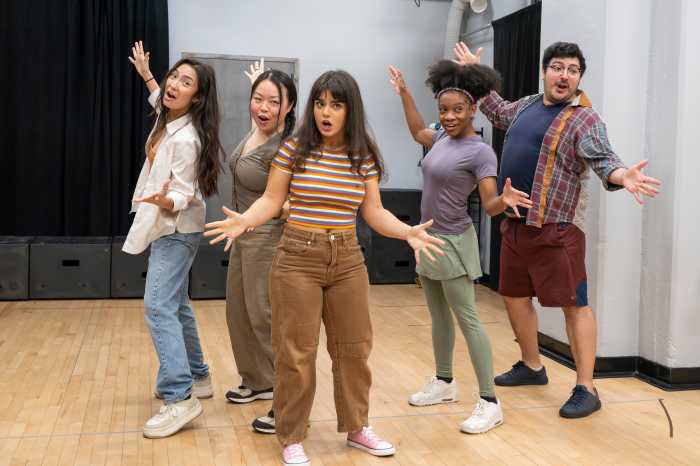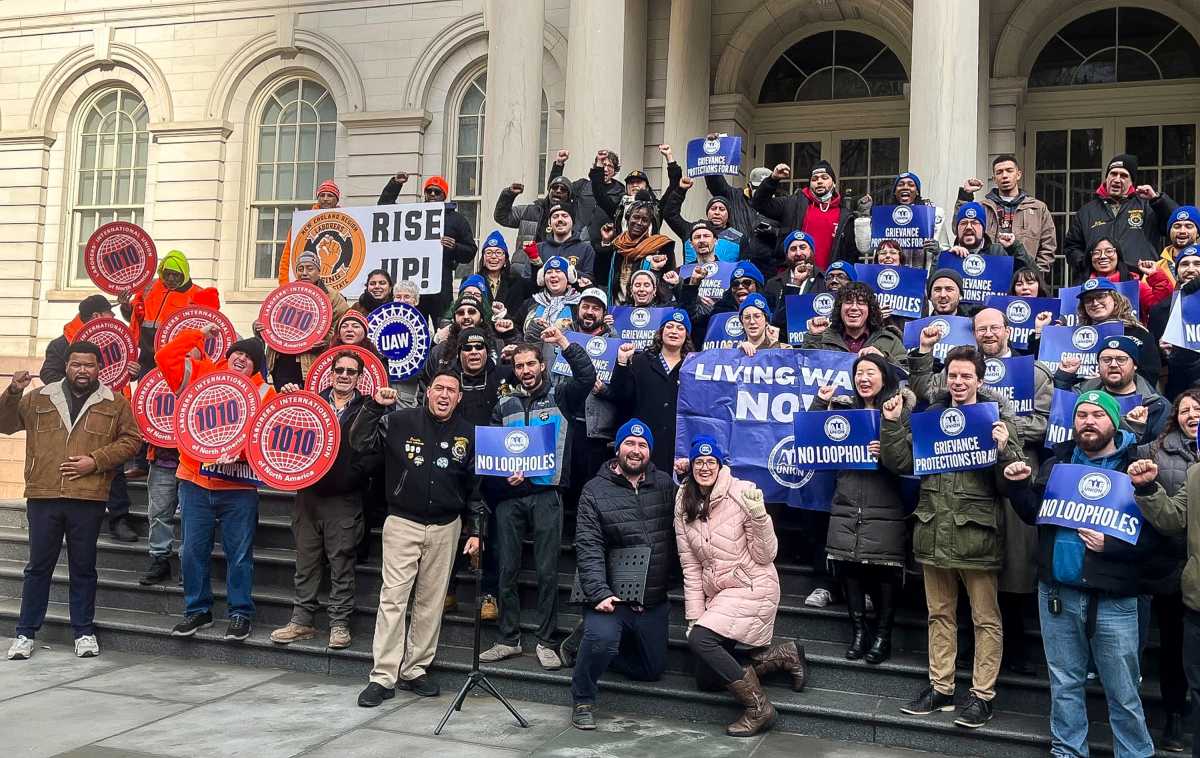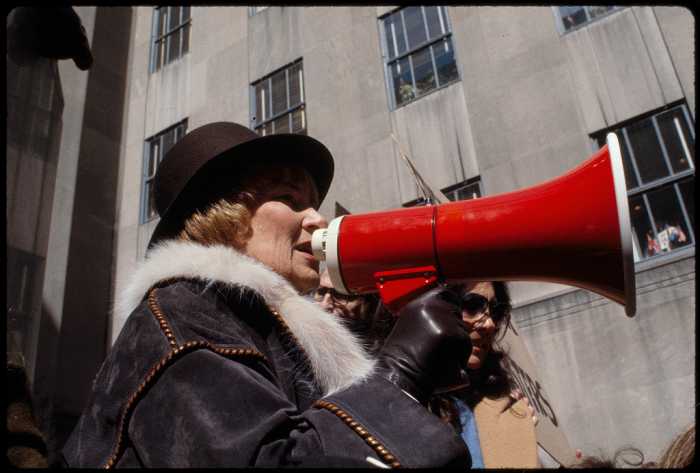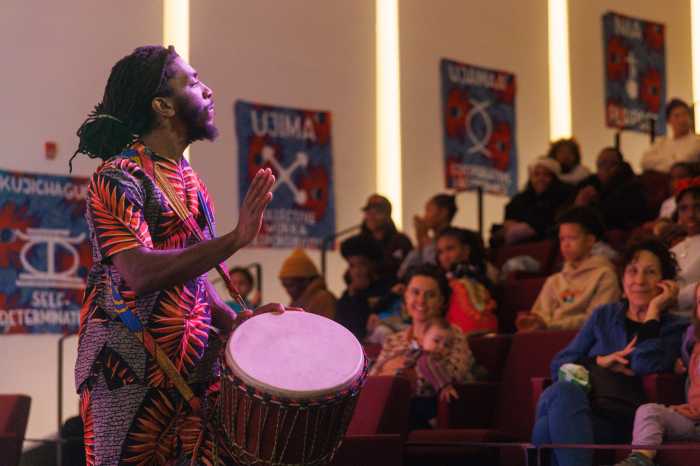There are moments when The Metropolitan Museum of Art reminds us that it is not a repository of objects but a living organism—one that breathes, resonates, and listens. The forthcoming exhibition Musical Bodies, opening June 1 through September 27, 2026, embodies that truth. It is a meditation on the oldest instruments we possess—our own bodies—and on the timeless desire to transform motion into music, and music into memory.
At a private preview, The Met’s Director and CEO, Max Hollein, described the exhibition as “a unification of art, history, and sound that speaks to our most fundamental human experiences.” Conceived by Dr. Bradley Strauchen-Scherer, Curator in the Department of Musical Instruments, Musical Bodies will feature more than 130 works spanning centuries and civilizations. From sculptures that echo rhythm to violins shaped like torsos, it explores how artists across cultures have mirrored anatomy through sound, crafting instruments that reflect belief, emotion, and identity.
“Our bodies are the oldest instruments we have,” Strauchen-Scherer observed. “Whether clapping, tapping, or whistling, we express ourselves through rhythm. Musical Bodies celebrates that shared impulse and the countless ways artists have turned sound into self-portrait.”
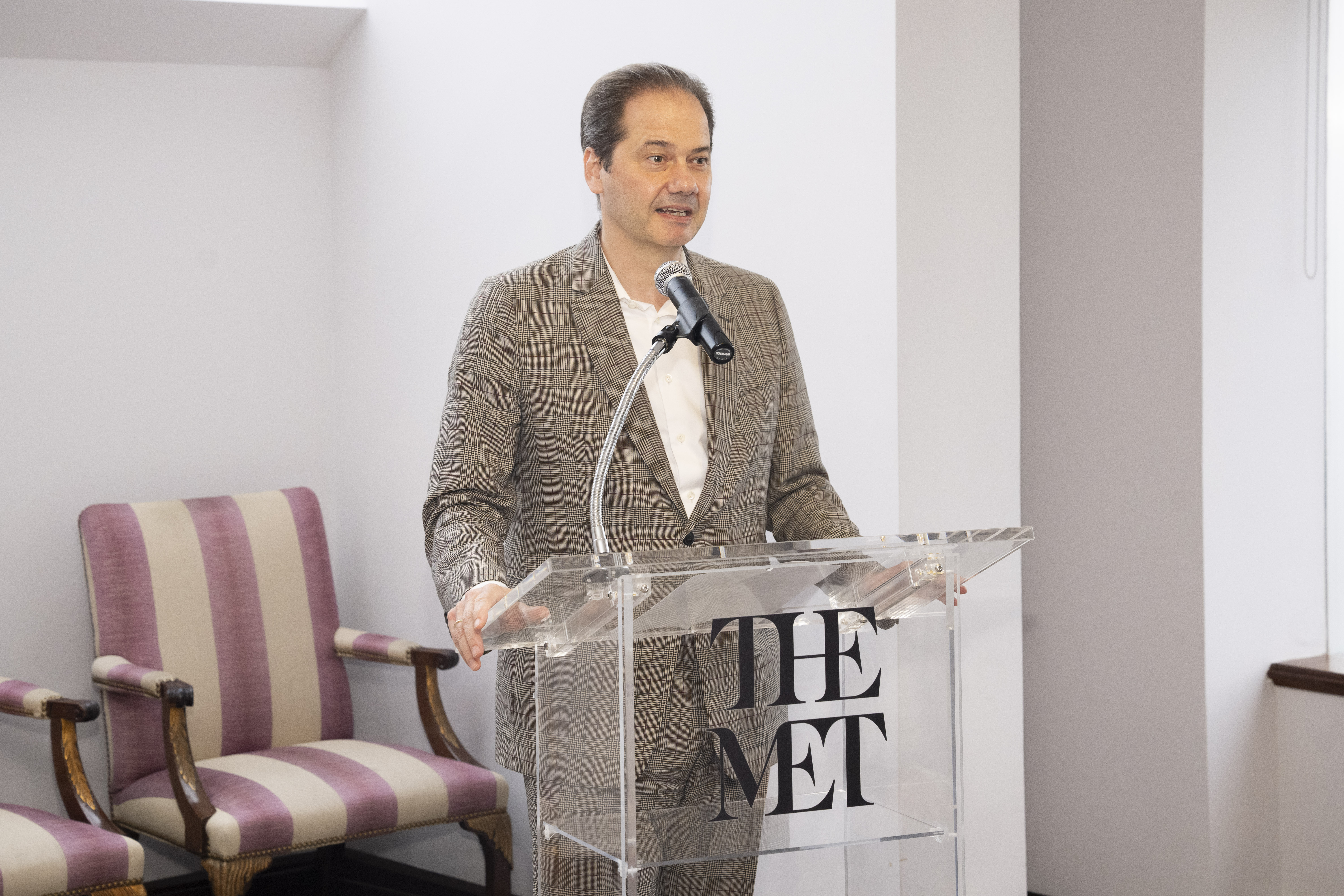
The exhibition’s curatorial brilliance lies in its interdisciplinarity: paintings, manuscripts, and costumes are presented alongside instruments that blur the boundary between art and anthropology. Each object becomes a study in transformation—the curve of a horn echoing breath, the strike of a drum reflecting heartbeat, the dance of a performer embodying sculpture in motion.
Throughout the run, Musical Bodies will include live performances by artists such as Cristina Candela, Emily Eagen, and beatboxers Gene Shinozaki and Chris Celiz, transforming the galleries into living stages where sound and space entwine.
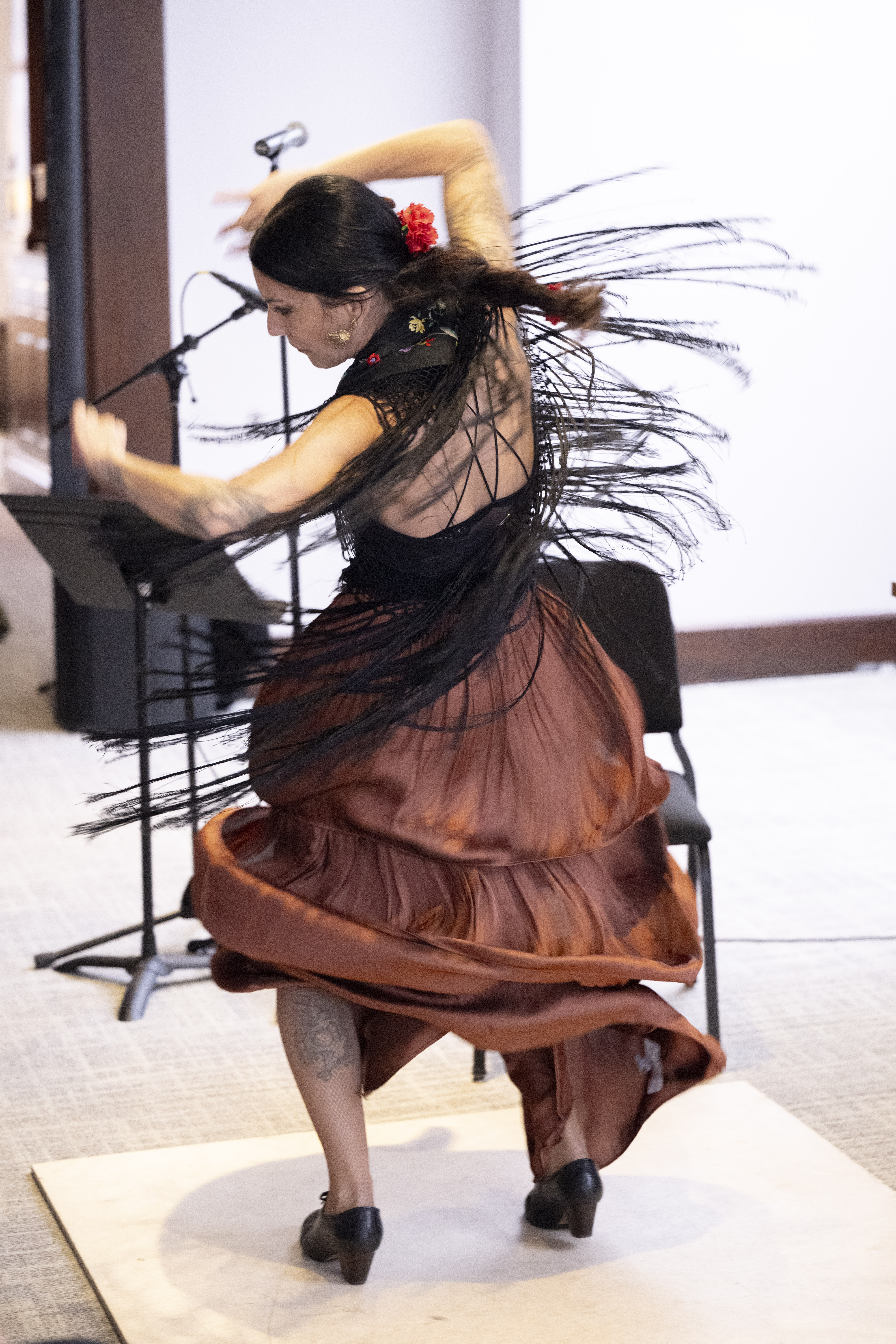
Curator in Charge Jayson Dobney described the project as “an embodiment of music as a universal language—exciting, accessible, and deeply human.” Supported by a leadership gift from Barbara Tober, the exhibition stands as a testament to The Met’s power to weave intellect and emotion into a single experience.
In essence, Musical Bodies is not about instruments alone—it is about humanity’s eternal need to make sound visible. It reminds us that art and music share a pulse, and that the act of creating rhythm is as ancient and sacred as the act of drawing breath.
When it opens in June 2026, The Met will once again transcend its walls—proving that the body itself is the first masterpiece, and that within each of us, a symphony is waiting to be heard.
